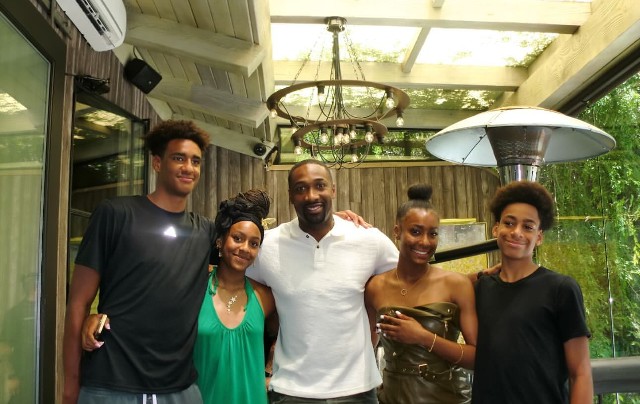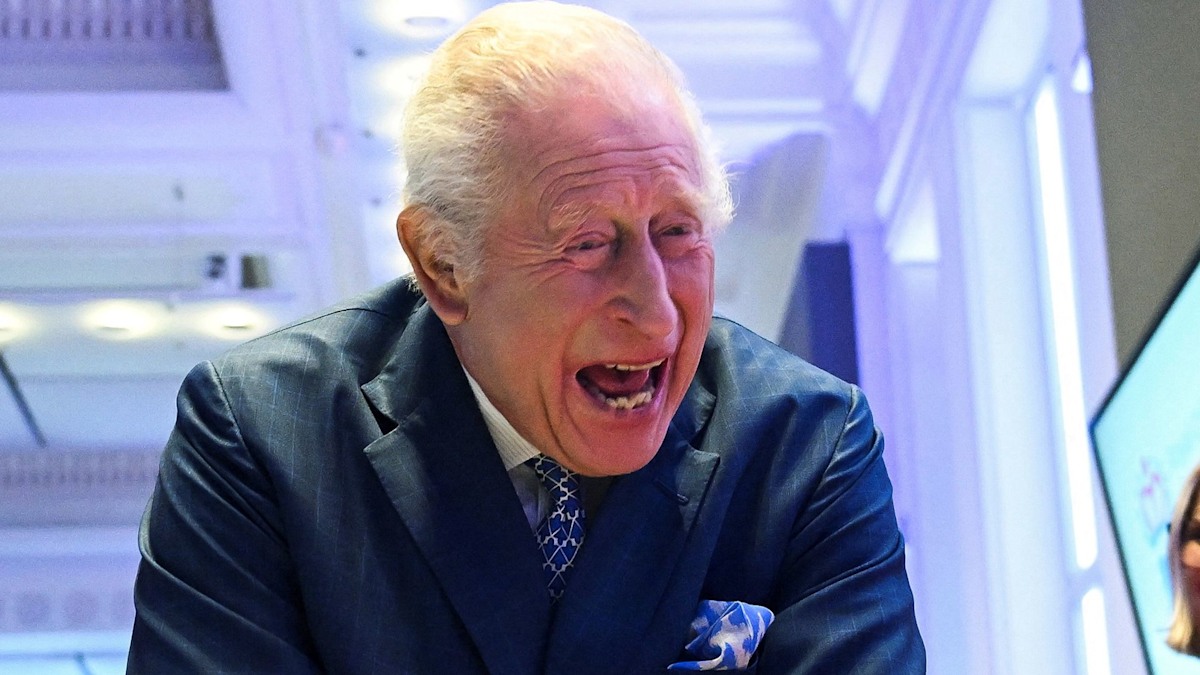Disney stock rose about 5% Thursday after posting a beat on earnings, profit, streaming subscriber growth and parks for its fiscal third quarter ended in June. It announced a new Disney+ ad-supported tier will launch on Dec. 8 for $7.99 – the current price of the ad-free service, which will jump to $10.99. That’s nice if you can get it.
A 40% hike “greatly widens the range of potential outcomes for Disney over the next two years,” says analyst Doug Creutz of Cowen. He thinks Disney+ was underpriced at launch at $6.99, “but the $3 price hike here seems very aggressive, especially at a time when economically pressured consumers are cutting back discretionary spending.”
Douglas Mitchelson of Credit Suisse says the key will be “generating greater streaming revenue growth via the upcoming price increases flowing through without meaningful churn” – that’s canceling or pausing subscriptions and it’s exceedingly easy to do with streamers.
On a post-earnings call, CEO Bob Chapek said the company isn’t anticipating meaningful churn, calling Disney+ the best value in streaming with “plenty of room on price-value.” Plus, consumers can keep the price steady by shifting to the ad-supported tier. He noted that ESPN+ didn’t see much churn from its recent price increase announcement. But ESPN hasn’t implemented the price hike yet – it goes into effect August 23 (from $6.99 to $9.99). Disney says management has historically seen churn impact around the announcement, not the hike itself, but Wall Streeters aren’t sure.
“As seen by Netflix history of price hikes, there is elevated quarterly churn around pricing actions,” says MoffettNathanson’s Michael Nathanson.
“However, Netflix was raising price often when the top of the funnel gross subscriber addition metrics were robust, so elevated churn was not a massive issue. Netflix’ more recent price increases, when gross additions have slowed, has helped drive negative UCAN [US/Canada] subscriber growth. Given that the price hike will occur in the December quarter, we are taking a modest hit to Disney+ domestic subs growth.”
Analysts were upbeat on Disney’s earnings numbers and Nathanson says it’s a positive “that Disney and Netflix are focusing on driving profitability through pricing, the development of ad tiers and slowing content spend; but we worry that the handoff from today to that point could be a bit choppy as domestic subscriber growth continues to slow.”
Disney is also increasing the price of Hulu by about 15%. On bundles, the legacy Disney+/Hulu with ads/ESPN+ bundle is increasing by 7%. New subscribers can choose ad-free Disney+ and Hulu w/ ad-supported ESPN+ at a 42% premium to the old bundle price, or ad-supported everything at a 7% discount to the prior bundle.
Netflix raised prices for all U.S. subscribers ($10 per month for its cheapest plan, $15.50 for HD streaming, $20 for 4K video) in January, effective immediately for new subs and rolled out over weeks for existing ones. In the March quarter, Netflix’s worldwide subscriber base shrunk by 200,000. In the second quarter, it lost close to a million subscribers. (It had previously raised prices in North America in 2020, 2019, 2017 and 2015 with a first hike of $1 in 2014.) The streamer blamed this year’s downward sub trajectory in part to increased competition and rampant password sharing. It hasn’t indicated pricing for its upcoming ad tier.
Wall Street is generally all for price hikes to boost streaming profitability. Disney’s DTC segment had an operating loss of $1.1 billion for the quarter as Disney+ added 14.4 million total subscribers — 6.1 million for core Disney+ and 8,3 million for Hotstar in India.
Disney revised its FY24 subscriber guidance after losing hugely popular India Premier League cricket and now forecasts core Disney+ subscribers of 135-165 million and Disney+ Hotstar subscribers of up to 80 million (from 230-260 million combined previously). “We think this resetting of the bar was prudent as it removes a key overhang and provides a more achievable target,” says BofA’s Jessica Reif Ehrlich.
Disney reported quarterly net income of $1.5 billion on revenue of $21.5 billion, up 26% led by a blowout three months for parks.
Disney shares ended the session up 4.5%, off their high for the day, at $117.77.




















Discussion about this post